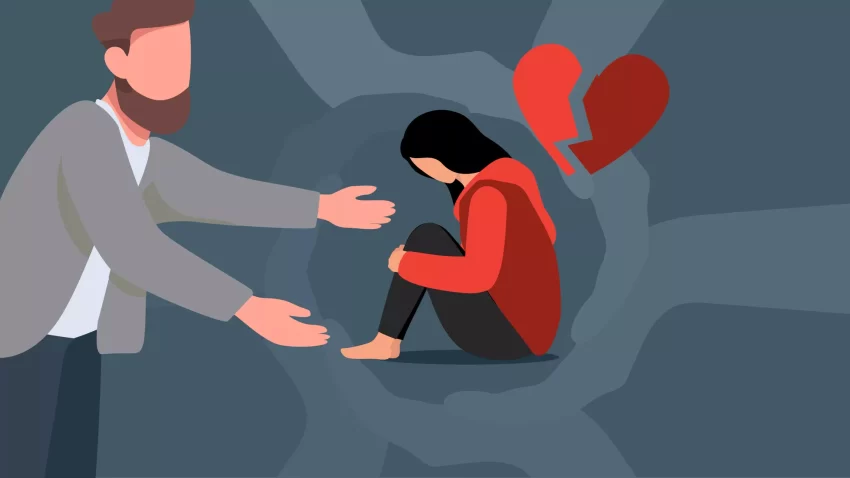Domestic violence is a pervasive issue that affects countless individuals across various demographics. Understanding the cycle of abuse and recognizing its patterns and warning signs is crucial for prevention and intervention. This article aims to shed light on the dynamics of domestic violence to help individuals and communities identify and respond to these harmful behaviors effectively.
Understanding the Cycle of Abuse
The cycle of abuse is a recurring pattern of behavior exhibited by abusers, typically consisting of four phases:
- Tension Building: This phase is characterized by increasing tension and stress within the relationship. The abuser may exhibit signs of irritability, anger, or frustration. The victim often tries to placate the abuser by being compliant or avoiding conflict. This phase can last for days, weeks, or even months, gradually escalating the sense of impending violence.
- Incident of Abuse: The tension culminates in an incident of abuse, which can be physical, emotional, sexual, or psychological. This is the most dangerous phase, where the abuser exerts control and power over the victim through violent acts. The severity and frequency of the abuse can vary, but it always leaves the victim feeling frightened, hurt, and degraded.
- Reconciliation: After the abusive incident, the abuser may feel guilt or fear of the consequences, leading to attempts at reconciliation. This phase, often referred to as the “honeymoon period,” involves apologies, promises to change, and affectionate behaviors. The abuser may offer gifts or express remorse, creating a temporary sense of peace and hope in the victim.
- Calm: This phase is marked by a period of apparent tranquility and normalcy. The abuser may fulfill promises made during the reconciliation phase, and the relationship may appear stable. However, this calm is usually temporary, and the underlying issues remain unresolved, leading to the cycle beginning anew.
Recognizing the Warning Signs
Identifying the warning signs of domestic violence is crucial for early intervention. Key indicators include:
- Isolation: The abuser may isolate the victim from family and friends, limiting their support network and increasing dependence on the abuser.
- Control: Excessive control over the victim’s daily activities, finances, and personal decisions is a common tactic used by abusers.
- Jealousy and Possessiveness: Extreme jealousy and possessiveness are red flags, often accompanied by accusations of infidelity or mistrust.
- Unpredictable Mood Swings: Sudden changes in behavior, from loving and caring to angry and violent, can indicate an abusive relationship.
- Threats and Intimidation: Verbal threats, intimidation, and destruction of property are warning signs of escalating violence.
Understanding these patterns and warning signs can help individuals seek help before the situation worsens. If you or someone you know is experiencing domestic violence, it’s essential to reach out to local resources or legal assistance, such as The Law Offices of Hart Levin, to ensure safety and receive the necessary support. Remember, breaking the cycle of abuse starts with recognizing the signs and taking action.
